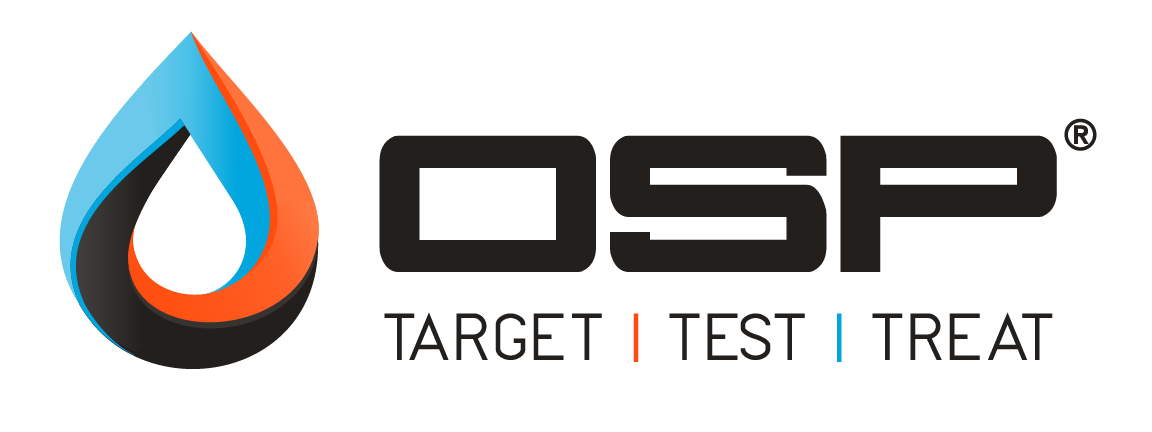 ATP Test Kits
ATP Test Kits
Where there is water, there are microbes. Where there are microbes, OSP can help.
LifeCheck ATP Test Kits are a field-ready test used to detect the overall population of microbes present. They are designed to handle oil and gas waters, offering a powerful combination of speed, versatility, portability, and accuracy for microbial testing.
All-inclusive results are available in minutes, providing enhanced monitoring capabilities for superior control of microbes in your process.
ATP RESOURCES
ATP FAQ
Why ATP testing?
ATP monitoring offers a powerful combination of speed, versatility, portability, and accuracy for microbial testing. This testing measures the total active/living microbial load (count) in the sample. It is an ideal form of testing for creating a baseline, and for building trend data to ensure that an asset is being well maintained. For example, ATP testing is used to evaluate the effectiveness of the kill achieved through microbial control programs. Biocides used in oil and gas are non-specific – they don’t preferentially kill one type of microbe over another. Reading the total microbial load before and after a treatment program mitigates against unexpected outcomes.
ATP takes approximately 5-10 minutes to complete and can be conducted on-the-go (portable) or in a lab.
Can LifeCheck ATP Test Kits work with solid samples?
Yes, for solids samples we have the sessile kit, specifically designed for testing microbial loads on solid and surface (swab) samples. Sessile testing refers to testing for surface-attached microbes, such as those that cause corrosion-related failures of assets.
How do LifeCheck ATP Test Kits work with produced waters?
The entire test takes 5-10 minutes, briefly the procedure involves:
- Drawing the sample into the supplied syringe and passing it through a filter to remove any debris and trap the cells on the filter
- A rinsing step to remove contaminants
- Passing the Reagent X through the filter to break open the cells, releasing the ATP for analysis
- The solution collected after passing Reagent X through the filter contains the ATP
- Mixing the resulting liquid with Reagent Z that contains an enzyme that uses this ATP to emit light
- Measure the amount of light (RLU’s) using the LifeCheck PhotonMaster
- An easy to use calculator tool then converts the RLU reading to a measure of microbial load (Microbial Equivalents)
What are the ATP Test Kit storage requirements and conditions?
When you receive your test kit, utilize the following guidelines for material storage. Avoid usage of expired test kit components.
- Reagent Z and Buffer
- Recommended Storage: 4 to 25°C / 39 to 77°F
- Shelf Life: 2 years
- Reagent Z Liquid
- Recommended Storage: 4 to 25°C / 39 to 77°F
- Shelf Life: *Note Below
- All Other Reagents (X,D, Standard, Rinse and Soak)
- Recommended Storage: 4 to 25°C / 39 to 77°F
- Shelf Life: 2 years
Within an ATP Test, is the accuracy affected based on the volume pushed?
Increased volume or sample size provides a more accurate average of microbial load per unit. Decreasing sample volume may decrease assay sensitivity, especially in low microbe samples. The rule of thumb though is to be consistent within comparable samples. Aim to sample (filter) 10-60 mL.
Why is ATP monitoring effective in establishing a treatment baseline?
ATP monitoring offers a powerful combination of speed, versatility, portability, and accuracy for microbial testing. All living cells contain ATP regardless of whether they are bacteria, fungi, or any other type of microbe. As such, its measurement is a direct indication of the living microbial content in your sample. A drop in ATP can be directly attributable to the killing action of a biocide. Our LifeCheck ATP test kit is an easy, fast, and accurate microbial enumeration method, valuable in routine monitoring and supporting microbial management programs.
Connect with an expert!
TECHNICAL SUPPORT: Anything from bugs and test kits to biocide concerns.
SALES SUPPORT: Tell us what you are looking for and in what basin.
DESIGN A KILL STUDY: This lab-based study, also known as a biocide selection study or a biocide optimization study,
is a method of generating science-based data that can be used for decision-making in real-world applications.
